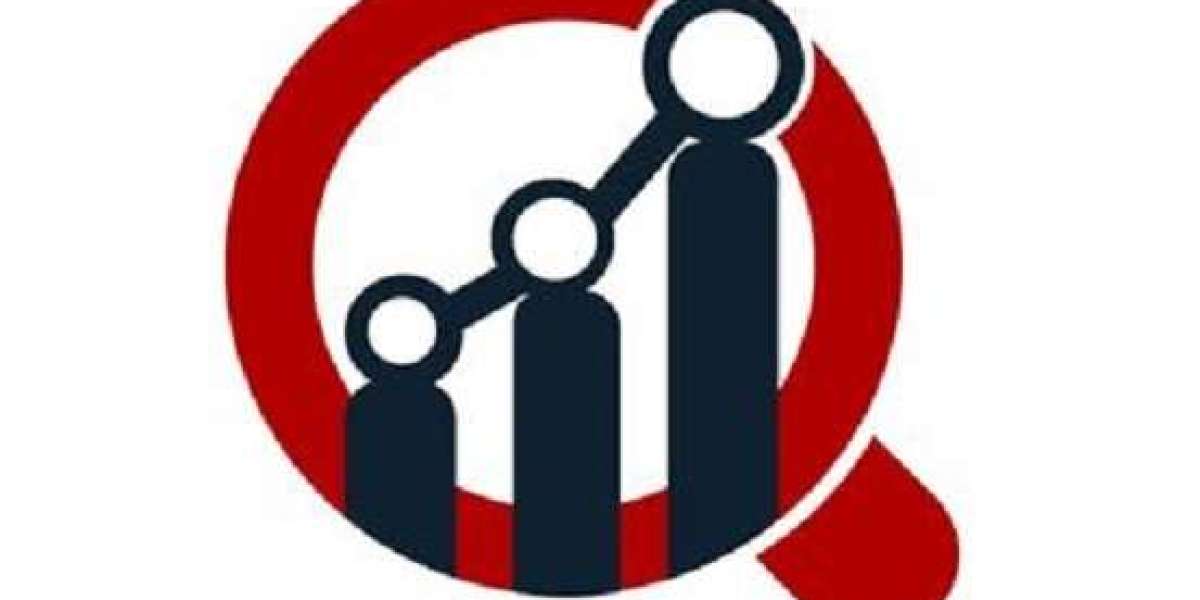Conflict is an inevitable part of human interaction. Whether in healthcare, retail, education, law enforcement, or corporate offices, tensions can rise, and situations may spiral into aggression or even violence. The ability to calm, defuse, and redirect conflict before it escalates is not a natural gift—it’s a learned skill.
That’s why de-escalation training is gaining global recognition as an essential workplace safety and communication tool.
This article explores what de-escalation training is, why it matters, and how organizations and individuals can apply it effectively to create safer, more respectful environments.
What is De-escalation Training?
De-escalation training teaches individuals how to recognize the early signs of conflict, use communication strategies to reduce tension, and resolve situations peacefully. It focuses on:
- Verbal strategies: Tone of voice, word choice, and calm dialogue.
- Non-verbal techniques: Body language, posture, facial expressions, and maintaining safe distances.
- Psychological awareness: Understanding triggers, emotions, and human behavior under stress.
Unlike self-defense or crisis intervention training, the goal of de-escalation is not confrontation—it’s prevention, empathy, and resolution.
Why De-escalation Training is Essential
1. Rising Workplace Violence
According to the Occupational Safety and Health Administration (OSHA), workplace violence is the second-leading cause of workplace fatalities in the U.S., with nearly 2 million workers reporting incidents annually. Training equips employees with tools to manage aggression before it turns physical.
2. Protecting Frontline Workers
Healthcare workers, retail staff, teachers, and law enforcement officers often encounter distressed or confrontational individuals. Studies show that healthcare professionals are four times more likely to experience workplace violence compared to other sectors (American Nurses Association).
3. Mental Health Considerations
In many cases, aggression stems from fear, anxiety, or misunderstanding. De-escalation training emphasizes empathy and trauma-informed approaches, which not only protect staff but also preserve dignity for the person in crisis.
4. Legal and Organizational Responsibility
Employers have a duty of care to protect employees. Failing to provide training for foreseeable risks (such as confrontations) can lead to liability claims and reputational damage.
Core Components of Effective De-escalation Training
1. Recognizing Early Warning Signs
- Raised voice, clenched fists, pacing, or hostile language.
- Sudden withdrawal or silence, which may signal internal escalation.
- Identifying “triggers” specific to the environment (e.g., long wait times in healthcare, refusal of service in retail).
2. Verbal De-escalation Techniques
- Speaking calmly and slowly.
- Using non-threatening language (“I hear your concern” vs. “Calm down”).
- Offering choices to restore a sense of control.
- Avoiding sarcasm, judgment, or confrontation.
3. Non-Verbal Communication
- Maintaining an open stance (not crossing arms).
- Respecting personal space.
- Keeping hands visible and gestures neutral.
- Using steady eye contact without staring aggressively.
4. Active Listening and Empathy
Many conflicts escalate because people feel unheard. Training emphasizes:
- Nodding and paraphrasing to confirm understanding.
- Showing genuine empathy: “I can see this is frustrating for you.”
- Allowing silence to let the other person regain composure.
5. Safety and Boundaries
- Knowing when to disengage and seek backup.
- Maintaining safe exit routes.
- Calling for assistance before situations become dangerous.
Case Studies: De-escalation in Action
Healthcare Example
A U.S. hospital implemented de-escalation training for nurses. Within 18 months, incidents of physical assaults dropped by 25%, and staff reported feeling more confident handling aggressive patients.
Retail Example
A supermarket chain introduced role-play training for staff dealing with angry customers. Post-training surveys showed a 40% improvement in employee confidence and a noticeable reduction in customer complaints.
Law Enforcement Example
Police departments across Europe and North America have invested in crisis intervention and de-escalation programs. Studies by the Police Executive Research Forum (PERF) highlight that trained officers are less likely to use force and more likely to achieve compliance peacefully.
Benefits of De-escalation Training
- Improved safety: Reduced physical confrontations and injuries.
- Better customer experience: Conflict resolution leads to higher satisfaction.
- Employee well-being: Staff feel supported and less stressed.
- Legal compliance: Meets duty-of-care and workplace safety obligations.
- Financial savings: Fewer lawsuits, reduced absenteeism, and lower turnover.
Common Barriers to Implementation
- “We don’t face conflict often.”
Reality: Even rare incidents can have severe consequences. - “It takes too much time.”
Solution: Training can be modular, with short role-play sessions built into team meetings. - “Employees won’t take it seriously.”
Solution: Use scenario-based training with real-world relevance to increase engagement.
Actionable Tips for Everyday De-escalation
Even without formal training, you can practice these techniques:
- Keep your voice low and calm, even if the other person is shouting.
- Use open-ended questions: “What can I do to help fix this?”
- Validate emotions without agreeing to unreasonable demands.
- Step back physically to give space, reducing feelings of threat.
- Know your limits—if you feel unsafe, exit and seek assistance.
How Organizations Can Implement De-escalation Training
- Start with Risk Assessment: Identify where employees face conflict (front desk, call centers, home visits).
- Customize Training: Tailor content to specific roles and industries.
- Use Role-Play and Simulations: Practical scenarios stick better than theory alone.
- Integrate into Onboarding: Make de-escalation part of standard employee training.
- Refresh Regularly: Run refresher courses annually or after incidents.
- Support After Incidents: Provide counseling and debriefing to reduce trauma.
The ROI of De-escalation Training
Investment in training translates directly to business and social benefits. The Liberty Mutual Workplace Safety Index suggests that every $1 invested in safety programs saves $4 in costs. Beyond dollars, the return includes peace of mind, trust, and resilience.
Final Thoughts
De-escalation training is more than just a safety measure—it’s a human skill that fosters respect, empathy, and cooperation.
For employees, it means walking into work knowing you can handle difficult situations without fear. For organizations, it means creating a culture where safety, compassion, and professionalism thrive.
In a world where tensions can run high, de-escalation is not optional. It’s essential.














